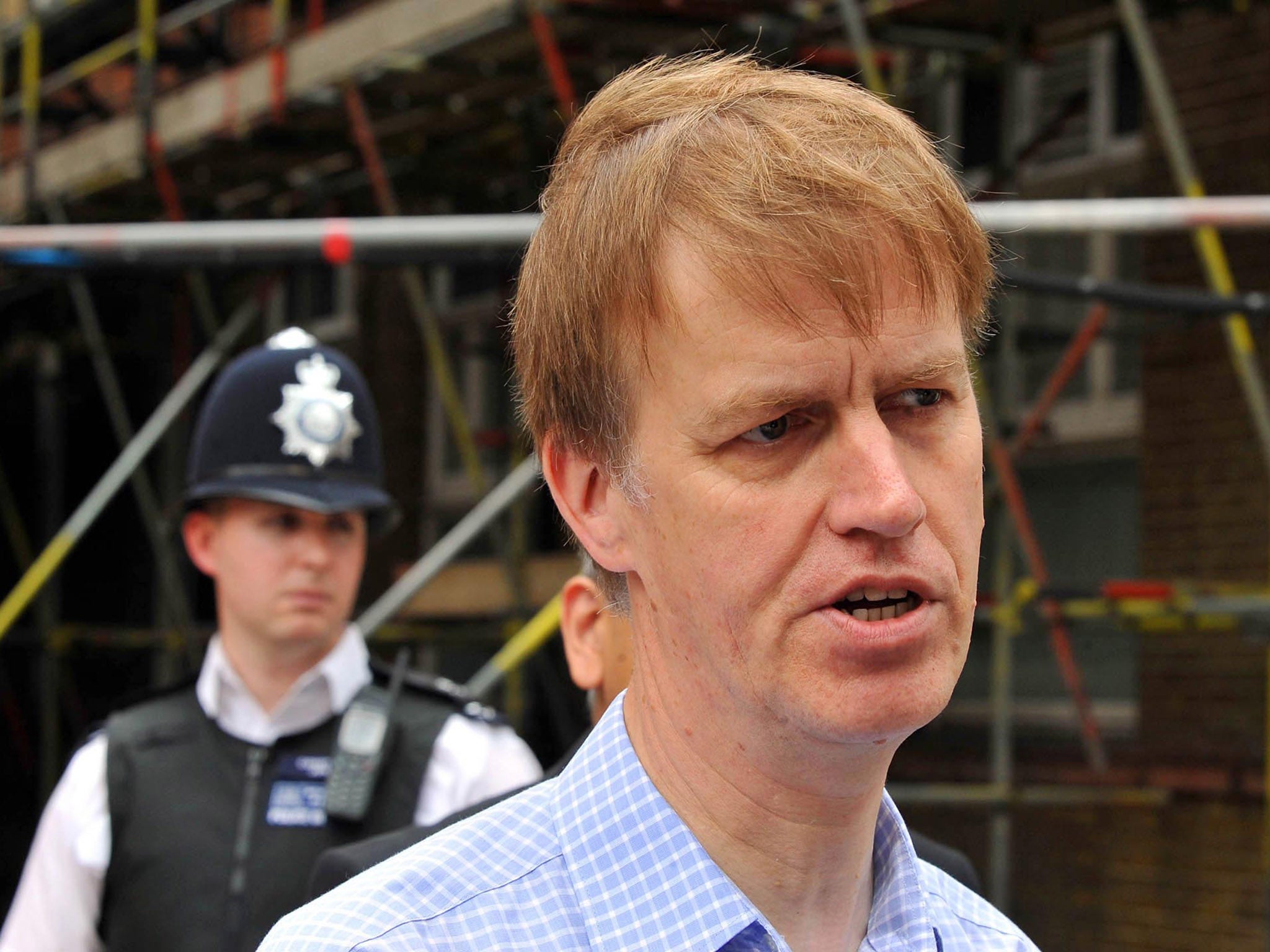Jo Cox dead: A history of violence against MPs
Jo Cox died after being attacked outside her surgery

Who would be an MP? They are despised, distrusted and run the risk of violence.
A survey published this year found that one in six MPs who took part reported having been attacked or been subject to attempted attack. More than half of them said they had received threats.
Serious attacks are rare, although that doesn’t make them much less frightening. They have been an infrequent, out-of-the-blue shock since the shooting of Spencer Perceval, the only Prime Minister to have been assassinated, in 1812.
He was murdered by John Bellingham, who had a grievance against the Foreign Office for failing to help him when he was wrongly imprisoned for debt in Russia. Bellingham accosted him in the lobby of the House of Commons and shot him at close range.
Bellingham was hanged at Newgate, two days after his victim’s funeral.
Most recently, Stephen Timms, the Labour MP for East Ham in London was stabbed, but not fatally, at his constituency surgery.
Roshonara Choudhry, a 21-year-old student, said she had attacked him as a “punishment” for voting for military action in Iraq. She had decided she wanted to be a “martyr” for the sake of “the people of Iraq”. Timms said he was alarmed that “she seemed to have reached that conclusion simply by spending time on the internet”. She was sentenced to life imprisonment.
Before that Nigel Jones, the Liberal Democrat MP for Cheltenham, was attacked by a man with a sword in 2001. His colleague and local councillor, Andrew Pennington, was killed. The assailant, Robert Ashman, was sent to a secure hospital after he was ruled mentally unfit to stand trial. He had been a frequent attender at Jones and Pennington’s joint surgeries, most recently to discuss money troubles.
It is hard, and probably unwise, to generalise about the phenomenon. The most deadly source of violence for MPs has been Irish republican terrorism, which killed Airey Neave, blown up by a car bomb at the entrance to the House of Commons underground car park in 1979, and Ian Gow, killed by a car bomb outside his house in Eastbourne in 1990.
Neave was Margaret Thatcher’s shadow Secretary of State for Northern Ireland, while Gow was a Treasury minister. And the IRA nearly succeeded in killing Mrs Thatcher herself in the Grand Hotel bombing in Brighton in 1984. Among the five killed by the Brighton bomb, one, Sir Anthony Berry, was also a Conservative MP.
The IRA tried again in 1991, with a mortar attack on 10 Downing Street, from which there were no fatalities.
The IRA apart, the threat to MPs seems to come mostly from disturbed individuals – although Bellingham and Choudhry were both found fit to stand trial. Many MPs now take elementary precautions when holding surgeries, although Timms refused to have a metal-detector arch, because, “It isn't the MP I want to be.” And it seems as if Jo Cox was killed outside her surgery, where it is difficult to protect an MP.